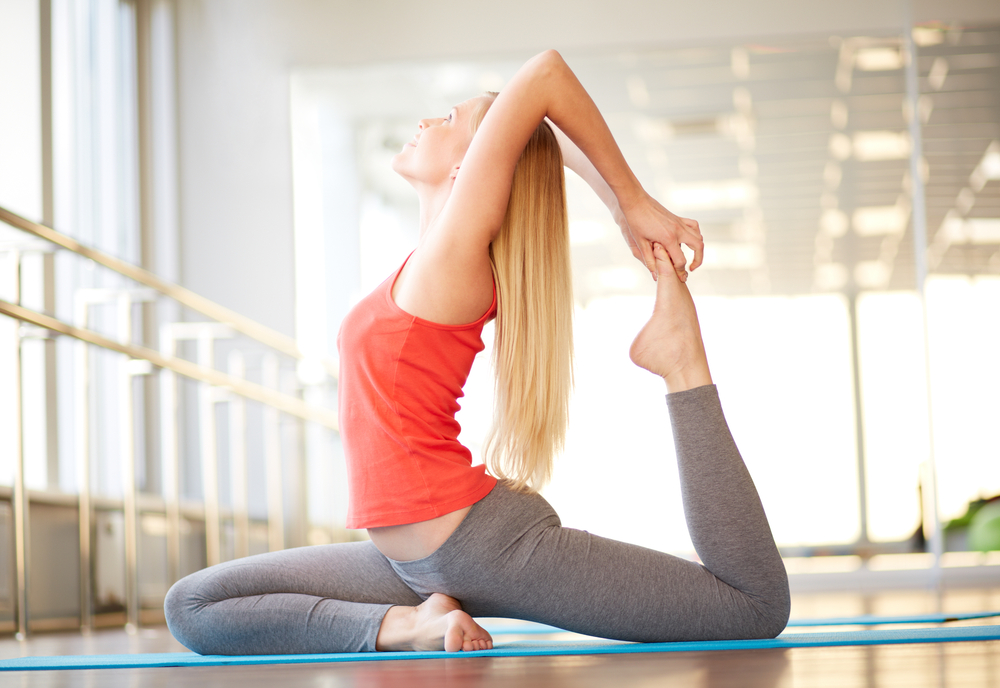What Role Does Flexibility Play in Physical Fitness

Flexibility plays a crucial role in physical fitness by contributing to overall movement quality, joint health, injury prevention, and athletic performance. Here are several ways in which flexibility impacts physical fitness:
Improved Range of Motion: Flexibility refers to the ability of muscles and joints to move through their full range of motion. By enhancing flexibility, individuals can move more freely and efficiently in various activities, whether it's during everyday tasks or athletic endeavors.
Reduced Risk of Injury: Adequate flexibility helps to maintain proper joint alignment and muscle balance, reducing the risk of muscle strains, ligament sprains, and other musculoskeletal injuries. Flexibility allows muscles and connective tissues to absorb shock and stress more effectively, decreasing the likelihood of overuse injuries.
Enhanced Performance: Flexible muscles and joints allow for greater agility, speed, and power generation, leading to improved athletic performance. Athletes with good flexibility can execute movements with precision, fluidity, and efficiency, maximizing their potential in sports and physical activities.
Improved Posture: Tight muscles and limited flexibility can contribute to poor posture, leading to muscle imbalances, spinal misalignment, and discomfort. By improving flexibility, individuals can correct postural deviations, reduce muscle tension, and alleviate strain on the spine and joints.
Reduced Muscle Soreness: Stretching and flexibility exercises can help alleviate muscle soreness and stiffness by promoting blood flow, oxygen delivery, and nutrient uptake to muscles. Dynamic stretching before exercise and static stretching after exercise can enhance recovery and promote muscle relaxation.
Enhanced Functional Movement: Flexibility is essential for performing activities of daily living, such as bending, reaching, lifting, and squatting, with ease and without discomfort. Maintaining flexibility allows individuals to maintain independence, mobility, and quality of life as they age.
Injury Rehabilitation: Flexibility exercises are often incorporated into rehabilitation programs for injured individuals to restore range of motion, improve muscle flexibility, and facilitate healing. Flexibility training can help prevent the development of scar tissue, muscle contractures, and joint stiffness following injury or surgery.
Stress Reduction: Flexibility exercises, such as yoga and tai chi, promote relaxation, stress relief, and mental well-being. Stretching and deep breathing techniques can induce a state of calmness, reduce muscle tension, and promote mindfulness.
Incorporating regular flexibility training into a well-rounded fitness routine is essential for optimizing physical performance, preventing injuries, and maintaining overall health and well-being. Stretching exercises should target major muscle groups and be performed safely and gradually to avoid overstretching or causing injury.
Thank you,
